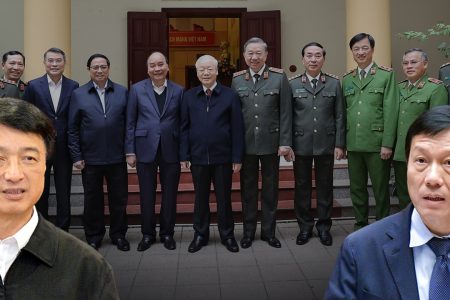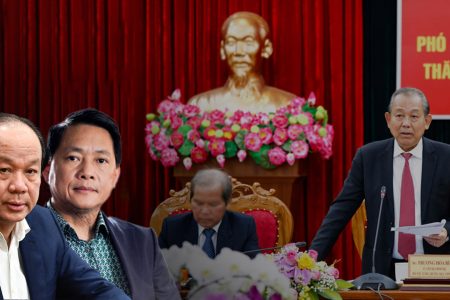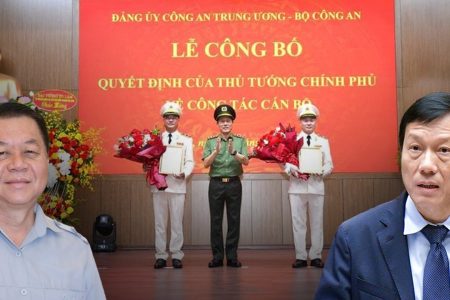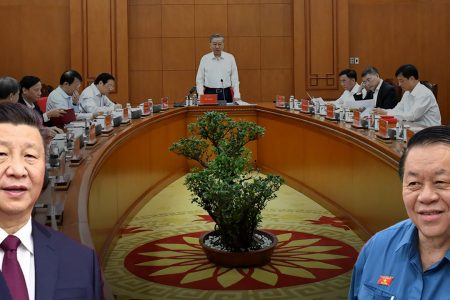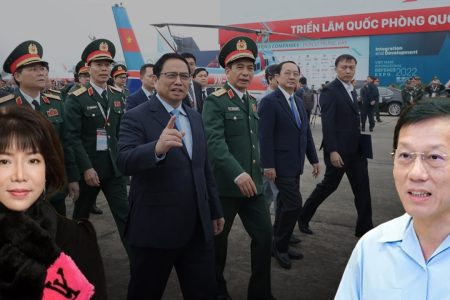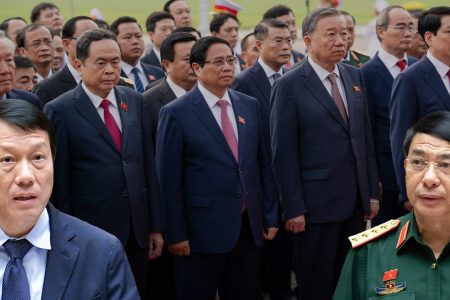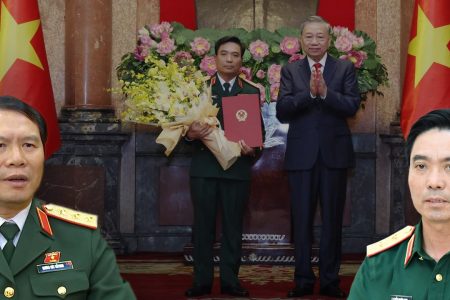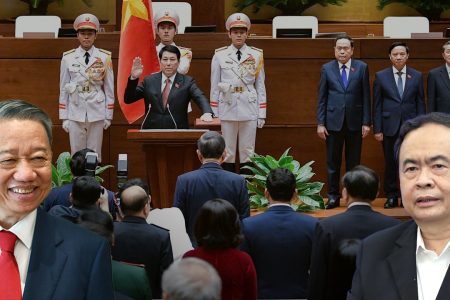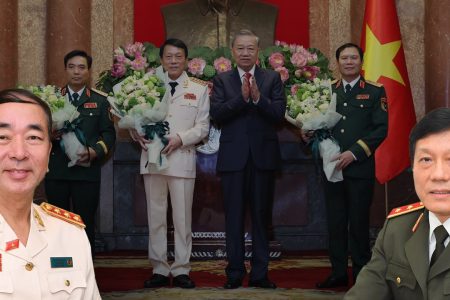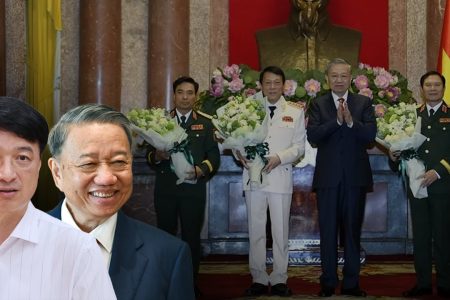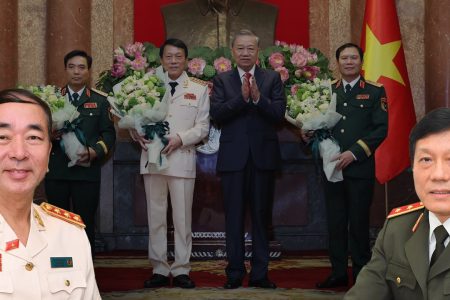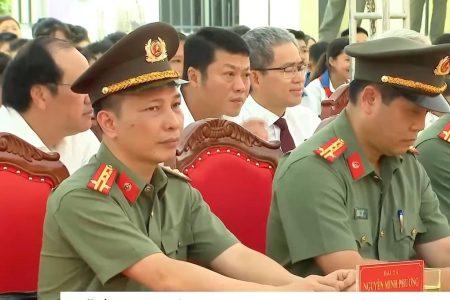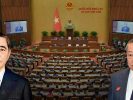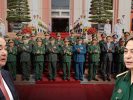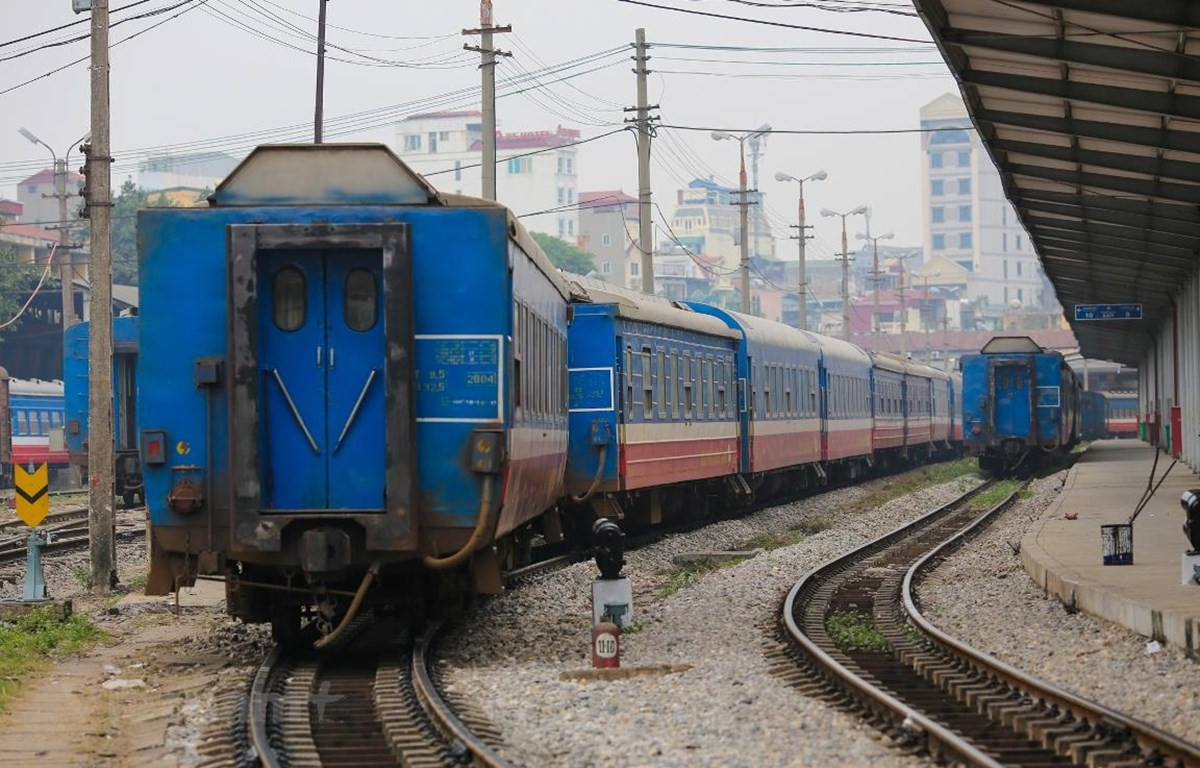
According to international media, China is preparing for the visit of Chinese President Xi Jinping to Vietnam in the near future.
Recently, on October 10, on the 10th anniversary of the “Belt and Road” initiative (BRI), the Chinese Government published a White Paper on this initiative. The data shown shows that to date, more than 150 countries and more than 30 international organizations have participated in BRI.
Vietnam is the only country among Southeast Asia’s mainland nations that has yet to join China’s “community of common destiny” while Laos, Cambodia, Myanmar and Thailand have already joined in the recent years.
It is known that one of the requests from Beijing, during Xi’s upcoming visit to Hanoi, is that Vietnam must firmly affirm its stance, and at the same time the phrase “community with a common destiny” must be clearly stated in the Joint Declaration between Vietnam and China. Second issue, China requires Vietnam to reaffirm its participation in China’s “Belt and Road” grand strategy.
In the Joint Statement between Vietnam and China on the occasion of General Secretary Nguyen Phu Trong’s visit to China, from October 30 to November 1, 2022, it is mentioned that China will lend Vietnam a loan credit of $10-11 billion to promote the 1,435-mm Ha Khau-Hai Phong high-speed railway project.
Specifically:
“The two sides agreed to actively promote the connection between the “Two Corridors, One Belt” Framework and the “Belt and Road” Initiative, deploy production capacity cooperation, and cooperate in building standard–size Lao Cai–Hanoi–Hai Phong railways.”
Tien Phong Newspaper on November 23, 2019 once posed the question directly, “For which country is the VND100 trillion Hai Phong–China railway good?” [The above VND100 trillion does not include site clearance costs]. This is a railway line originating from Hekou (China), to Lach Huyen port, Hai Phong in Vietnam.
The question is, what effect will building this railway have on Vietnam?
This railway project certainly serves mainly freight transport. As for transporting passengers in the Northwest region of Vietnam, it is definitely ineffective.
The actual purpose of building this railway is that China wants to transport goods from Yunnan, Sichuan, western China, to Hai Phong port for export to the world.
Thus, the railway transporting goods from Kunming, Sichuan, western China, passing through Hai Phong, is certainly closer and more cost-effective than bringing those goods to eastern ports of China. From there, it will increase the competitiveness of Chinese goods.
So, certainly, building this railway line completely serves the export of Chinese goods. That means, Vietnam borrows money from China to transport export goods to China!
That shows, “Shared destiny with China“, meaning, Beijing’s leadership deceived Vietnam, lending capital up to $11 billion, only to serve the export of Chinese goods. Why is there such a strange kind of fraudulent cooperation?
Once unable to repay the debt, perhaps Vietnam will have to assign Hai Phong port to China. That is the reason why this project is a kind of gold bracelet, a debt trap brought to Vietnam by China during Xi Jinping’s upcoming visit?
But public opinion is concerned that previous Vietnamese leaders such as Tran Dai Quang, and more recently Le Van Thanh and Nguyen Chi Vinh, have had to pay the price for “turning around.” Because they refused to implement the agreements or refused the “golden ring” set by China, they had to pay the price.
What will be the future of Mr. Nguyen Phu Trong, if he dares to overturn the “community of shared destiny” and the “Belt and Road” initiative between Vietnam and China?
Thoibao.de (Translated)




